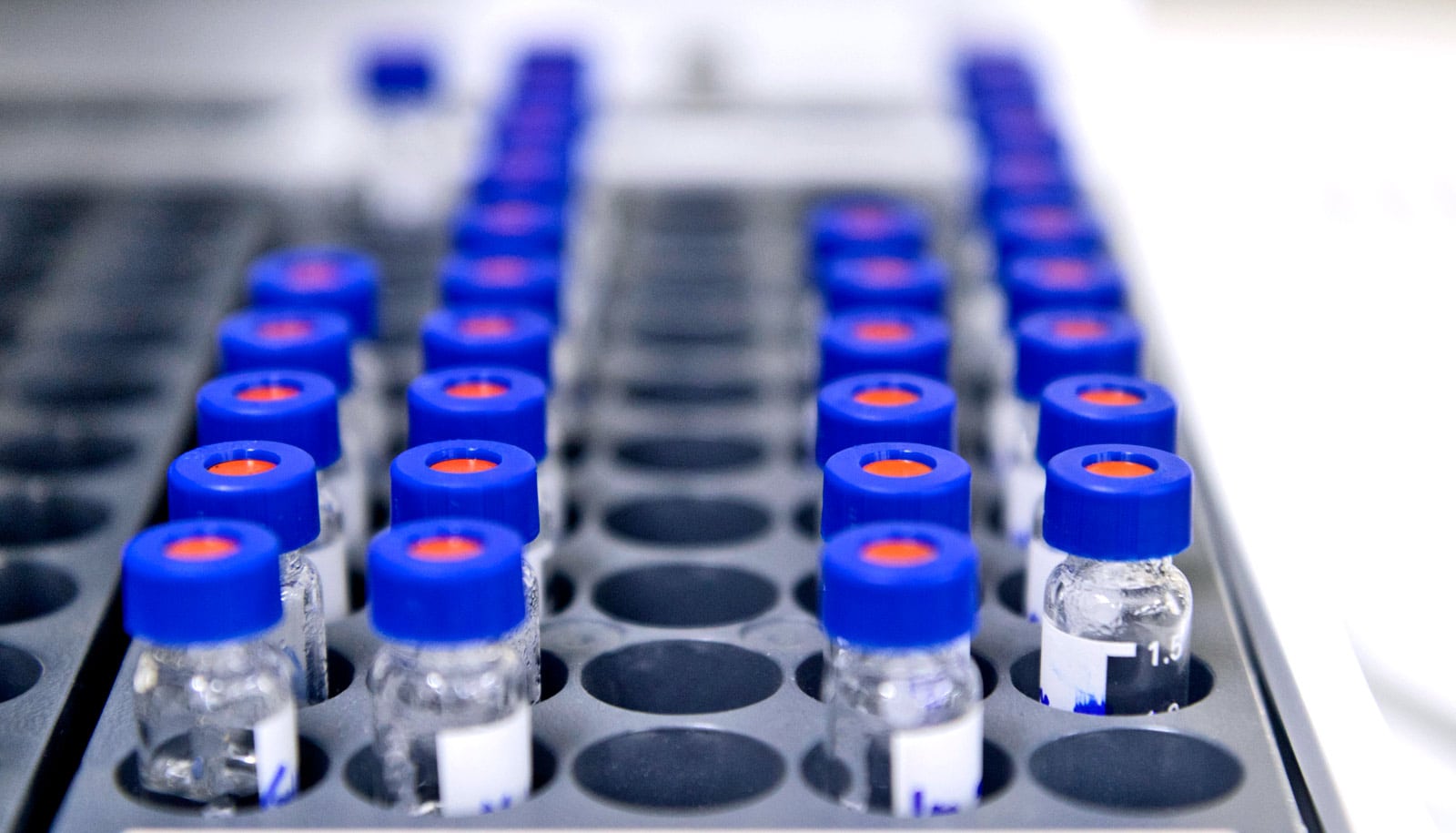New research identifies metabolic signatures that distinguish patients with HPV, pre-cancerous cervical conditions, and cancer.
The new research reveals new information about how viruses, bacteria, inflammation, and disease impact metabolic signatures. Metabolomics is the comprehensive study of the metabolome, the collection of biochemicals, or metabolites, present in cells, tissues, or body fluids. Levels of metabolites often change in response to disease.
This is the first report on cervicovaginal metabolomes in HPV-associated precancerous cervical conditions and cancer that demonstrates the predictive value of metabolic fingerprinting in abnormal cell metabolism. The study identified 475 metabolites in cervicovaginal samples that changed across progression of disease, resulting in unique metabolic fingerprints.
The fingerprints identified in the study helped distinguish women with HPV, precancerous conditions. or cervical cancer from those who were HPV negative.
“Metabolic fingerprinting has the potential to be used for the development of future diagnostics, preventatives, or treatments for cervical cancer to enhance women’s health outcomes…” says study leader Melissa Herbst-Kralovetz, associate professor at the University of Arizona College of Medicine-Phoenix. “Doing so could aid in reducing mortality to the fourth-leading cause of cancer in women.”
When compared with HPV-negative women, women diagnosed with invasive cervical cancer had a higher association with genital inflammation and a higher vaginal pH. In precancerous groups, researchers observed how microbial communities influenced amino acid and nucleotide metabolisms, which are building blocks of cells.
A new aspect of the study reveals how specific metabolites associate with different vaginal bacterial communities as well as levels of genital inflammation. An increase in the health-associated Lactobacillus correlated with high levels of anti-inflammatory nucleotides. Collectively, they revealed that specific features of the reproductive tract’s microenvironment—HPV infection, genital inflammation, and vaginal bacteria—profoundly impact cervicovaginal metabolomes.
“Cervical cancer is a devastating disease, especially in rural areas and developing countries,” says Jennifer Barton, director of the University of Arizona’s BIO5 Institute. “These findings could lead to a simple, rapid diagnostic test to help women get the treatment they need.”
HPV, or human papillomavirus, a common sexually transmitted infection that nearly every sexually active person catches, causes virtually all cervical cancers. Scientists think HPV is responsible for 90 percent of cervical cancers and about 24,400 HPV-associated cancers occur in women each year, according to the Centers for Disease Control and Prevention.
“Our ultimate goal is to integrate the clinical and molecular data to identify patients at risk for progressing to cancer to pinpoint potential targets for prevention or for tracking disease progression,” Herbst-Kralovetz says.
The researchers plan to expand the study to a larger population in Arizona, Herbst-Kralovetz says, adding the team has ongoing studies to investigate the relationship of genital microbiota to other gynecologic cancers, including endometrial cancer.
Their study appears in EBioMedicine. The Banner Foundation in Obstetrics and Gynecology and the Flinn Foundation supported the work.
Source: University of Arizona


